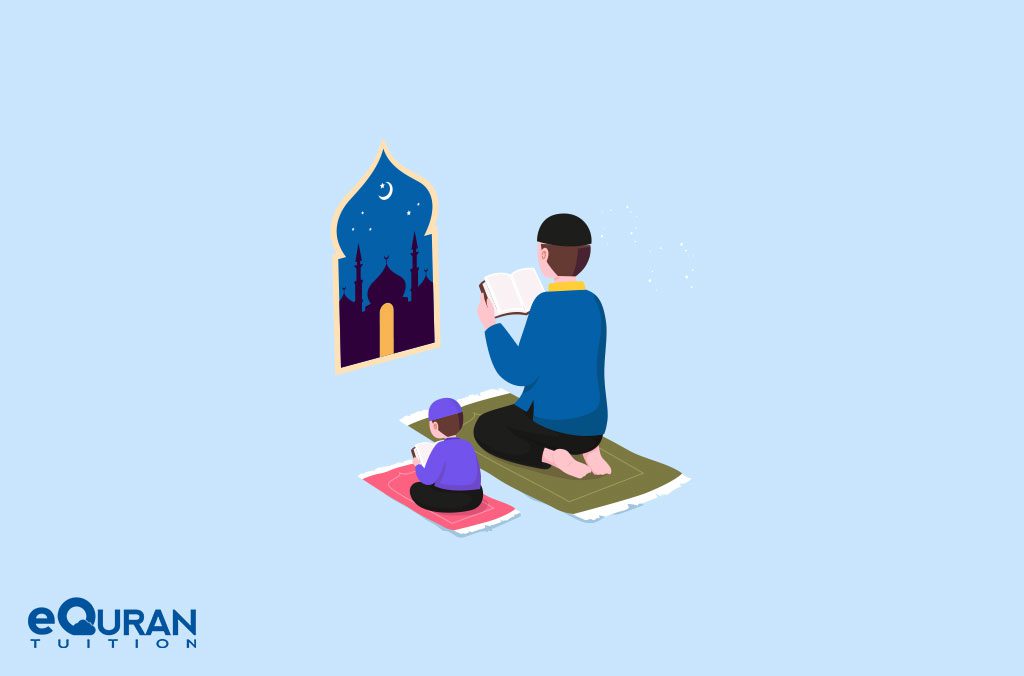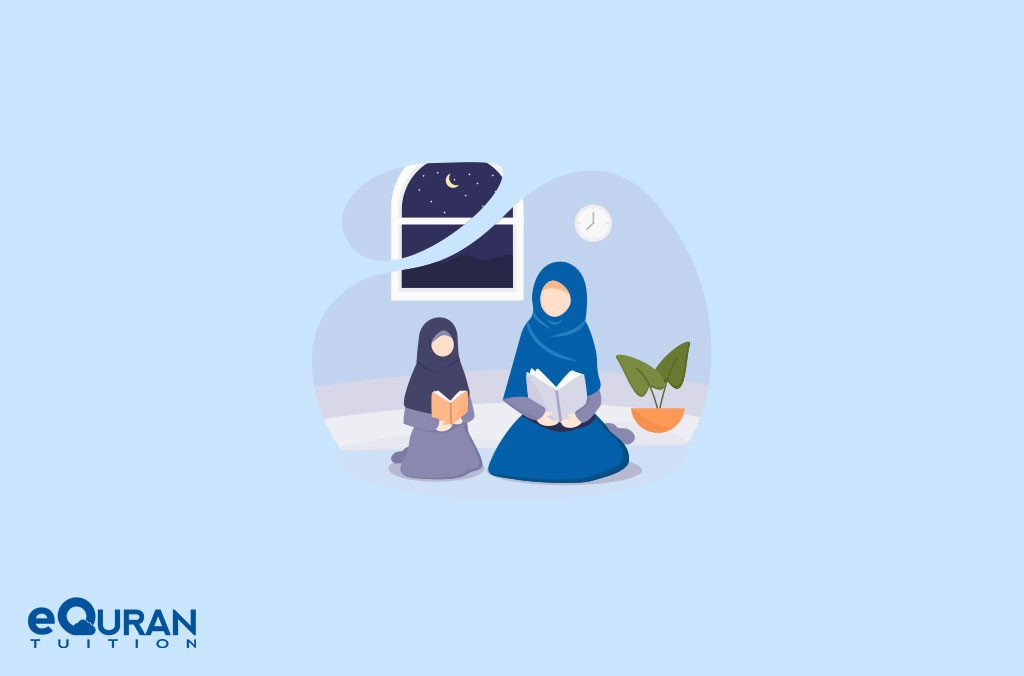
The concept of hijab, a practice of modesty and covering in Islam, has gained worldwide attention and sometimes controversy in recent years. While it is often associated with women’s attire, the hijab encompasses more than just clothing; it is a broader concept of modesty and behavior.
The Quran, the holy book of Islam, contains several verses that address the hijab and its significance. In this blog post, we will explore 10 Quranic verses that shed light on the importance of the hijab in Islamic culture and beliefs.
What is the Significance of Wearing a Hijab in Islam?
The significance of wearing a hijab in Islam extends far beyond mere clothing, symbolizing faith, modesty, and identity for Muslim women. Covering the hair and neck while leaving the face visible, the hijab holds profound religious and cultural importance in Islam.
It represents obedience to Allah’s command as stated in the Quran, promoting modesty, preserving dignity, and shielding women from objectification and harassment. Additionally, it serves as a declaration of Muslim identity and faith, offering a choice for personal and cultural expression and fostering community and solidarity.
10 Quranic Verses That Discuss the Concept of the Hijab
Explore these Quranic verses to gain insights into the significance of the hijab in Islam.
1. Surah An-Nur (The Light) – 24:31
Surah An-Nur, verse 31, is one of the most frequently cited Quranic verses regarding the hijab. It emphasizes the importance of modesty and instructs believing women to lower their gaze, guard their chastity, and cover their adornments except for what is apparent.
This verse encourages women to wear the hijab as a symbol of their faith and modesty. It signifies that the hijab is not merely a piece of clothing but a way to guard one’s purity and maintain a sense of dignity.
2. Surah Al-Ahzab (The Confederates) – 33:59
In Surah Al-Ahzab, verse 59, Allah commands Prophet Muhammad to tell his wives, daughters, and believing women to wear a cloak (jilbab) over their bodies. This verse goes beyond the headscarf (hijab) and highlights the importance of concealing the entire body except for the face and hands.
It underscores the idea that modesty extends beyond clothing and includes overall behavior and demeanor.
3. Surah Al-Ahzab (The Confederates) – 33:33
Surah Al-Ahzab, verse 33, is a crucial verse that emphasizes the unique status of the Prophet Muhammad’s wives, the Mothers of the Believers. It instructs them to stay in their homes and not display their adornments as women did in the pre-Islamic era of ignorance (Jahiliyyah).
This verse reflects the idea that hijab is not only a form of modesty but also a means of preserving the honor and dignity of women.
4. Surah Al-Ahzab (The Confederates) – 33:53
Verse 53 of Surah Al-Ahzab underscores the principle of gender segregation and modesty in social interactions. It instructs believers to speak to the Prophet’s wives from behind a curtain, emphasizing the importance of maintaining a boundary between unrelated men and women.
This verse demonstrates that hijab is not only about clothing but also about maintaining appropriate social boundaries to prevent immodesty and temptation.
5. Surah Al-Qasas (The Stories) – 28:23
Surah Al-Qasas, verse 23, narrates the story of Prophet Moses (Musa) and how he helped two women who were struggling to water their flock due to the presence of men at the well. When he came to their aid, he did so with modesty and respect.
This story serves as a timeless example of how modesty and the hijab are not only for women but also for men. It teaches that interactions between unrelated men and women should be conducted with modesty and decency.
6. Surah Al-Ahzab (The Confederates) – 33:32
Surah Al-Ahzab, verse 32, reminds believers that the primary purpose of the hijab is to distinguish believing women from those who are not.
It signifies that the hijab is not merely a cultural practice but a religious obligation meant to identify and honor those who adhere to the faith.
7. Surah Al-Ahzab (The Confederates) – 33:30
In verse 30 of Surah Al-Ahzab, Allah encourages the wives of the Prophet to avoid displaying their beauty and adornments to anyone other than their husbands or close family members.
This verse reinforces the idea that the hijab is a means of protecting a woman’s beauty and intimacy with her husband and maintaining modesty in public.
8. Surah Al-Ahzab (The Confederates) – 33:60
Surah Al-Ahzab, verse 60, specifically addresses the Prophet’s wives, reminding them of the significance of their modesty and the consequences of not adhering to it.
This verse underscores the responsibility of those in influential positions to set a virtuous example for the community regarding the practice of hijab.
9. Surah An-Noor (The Light) – 24:60
Verse 60 of Surah An-Noor highlights the importance of respecting the privacy and dignity of Muslim women. It instructs that men and women should ask permission before entering the homes of others.
This verse reinforces the notion that hijab extends beyond clothing to include privacy and social etiquette.
10. Surah Al-Ahzab (The Confederates) – 33:55
Surah Al-Ahzab, verse 55, emphasizes the importance of hijab in public gatherings. It instructs that when the wives of the Prophet need to communicate with someone, they should do so from behind a curtain to maintain modesty and avoid unnecessary exposure.
This verse highlights the significance of maintaining decorum and modesty in various social settings.
10 Styles of Hijab
The hijab comes in a variety of styles, each reflecting regional, cultural, and personal preferences. These diverse styles allow Muslim women to express themselves while adhering to the principles of modesty and religious obligation. Here are 10 common styles of hijab:
- Traditional Hijab: This style covers the head, hair, and neck, leaving the face visible. It is secured with pins or tucked in under the chin.
- Turban Hijab: Popularized in recent years, the turban hijab involves wrapping a piece of fabric around the head, creating a stylish and modern look.
- Shayla: A rectangular scarf draped over the head and pinned at the shoulder. It provides a simple and elegant appearance.
- Niqaab: A full-face veil that covers everything except the eyes. It is typically worn in regions with more conservative interpretations of hijab.
- Amira: A two-piece hijab consisting of a cap and a tube-like scarf. It’s easy to wear and provides full coverage.
- Khimar: A long, cape-like hijab that covers the head, hair, and upper body, often reaching to the waist or beyond.
- Chador: A large cloak-like hijab, commonly worn in Iran, that covers the entire body and is held closed with the hands.
- Pashmina Hijab: Made from a warm, soft material, the Pashmina hijab is popular in colder climates. It offers both style and comfort.
- Hijab Caps: Caps worn underneath other hijab styles to provide extra coverage and support.
- Hijab Accessories: Various accessories, such as brooches, pins, and embellishments, can be added to hijabs to personalize and enhance their appearance.
Islam Isn’t All About Hijab
The concept of Islam extends far beyond the simple symbolism of the hijab. While the hijab is an important aspect of Islamic modesty and identity for many Muslim women, it’s essential to remember that Islam encompasses a rich and diverse set of beliefs, practices, and values. Islam promotes kindness, compassion, charity, prayer, and devotion to God.
It encourages individuals to lead righteous lives, uphold justice, and seek knowledge. While the hijab is a visible expression of faith, it’s just one facet of the multifaceted tapestry that is Islam. To truly understand this religion, one must delve deeper into its teachings and principles, recognizing that Islam is a way of life that encompasses spirituality, ethics, and community.
Conclusion:
These 10 Quranic verses offer valuable insights into the concept of hijab in Islam. They emphasize the importance of modesty, dignity, and maintaining appropriate boundaries in clothing and behavior.
It is crucial to understand that the hijab is not simply a piece of clothing but a reflection of a deeper commitment to faith and modesty. These verses continue to guide and inspire Muslim women and men in their pursuit of a modest and virtuous way of life.
H5. FAQs:
Q: Is wearing a Hijab a personal choice or a religious obligation?
Wearing a Hijab is a religious obligation in Islam, specifically mentioned in the Quran (24:31). However, the decision to wear it can also be a personal choice influenced by faith, culture, and individual circumstances.
Q: Can non-Muslims wear a Hijab out of respect or solidarity?
Non-Muslims can wear a Hijab as a sign of respect, solidarity, or cultural appreciation. It’s important to do so with understanding and respect for its significance to Muslim women, and not as a form of cultural appropriation.
Q: How can I support and show solidarity with Hijabi women in my community?
You can support Hijabi women by promoting inclusivity, understanding, and respect. Educate yourself about their experiences, avoid making assumptions, and stand up against discrimination. Building bridges of friendship and empathy is a powerful way to show solidarity.
Q: Do all Muslim women wear a Hijab?
Not all Muslim women wear a Hijab. The choice to wear a Hijab varies among individuals and can depend on personal beliefs, cultural influences, and individual circumstances. It’s a personal decision, and there is diversity in practice among Muslim women worldwide.
Q: Can Muslim women participate in sports or physical activities while wearing a Hijab?
Muslim women can and do participate in sports and physical activities while wearing a specially designed sports Hijab or modest athletic wear. Many sports brands offer clothing that accommodates Hijabi athletes, promoting inclusivity and diversity in sports.

eQuran Tuition is your trusted online institute in the US for expert Quran learning with Tajweed, connecting you with experienced Quran tutors for a meaningful Quranic journey.




